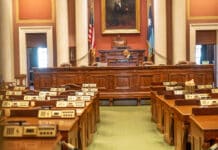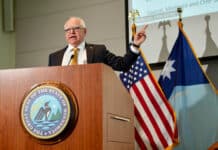ST. PAUL, Minn. – Even as the cost of a ride on a Metro Transit vehicle rises for most people, a new program will subsidize the costs of lower income riders even further.
The Transit Assistance Program started as a pilot last year, allowing qualifying individuals to take a mass transit ride at anytime for just $1. Now the Pioneer Press reports this program will be continued permanently, just in time for costs to raise 25 cents per ride starting Oct. 1.
The new fares will range from as high as $3.25 for rush hour fares, to as low as 75 cents for downtown zones. Those downtown zone fares do not include the ability to transfer your Metro Transit ticket to another form of public transportation, unlike the other fares.
There are already discounts for seniors aged 65 and over, medicare card holders, people with disabilities, and children from ages six to 12. Up to three children under age six are able to ride free for every fare paying customer riding with them. Disabled veterans and certain civil servants such as police officers and firefighters also ride for free.
The Pioneer Press reports that this new program is expected to cost $3 million annually. A discontinuation of the stored-value bonus for Go-To card users is expected to cover much of the cost. People who use public transit regularly and put a lump sum of money onto the Go-To card at once typically got a certain percentage of the investment added as a bonus.
This will be the latest extension of the already costly subsidization of public transit by a variety of levels of government.
In 2015 the Pioneer Press reported that revenue from collected fares covered just 35.8 percent of what it cost to run the 11-mile long Green Line light rail. A St. Paul City Council Member at the time called that figure “a really good percentage” and classified that statistic as a “success.”
Perhaps the lower costs will incentivize people to pay something instead of nothing for their trip downtown though. After all, Metro Transit missed out on millions of dollars of revenue in 2016 as somewhere between 1.9 million and 2.4 million trips were made on the Green Line and Blue Line by people who dodged paying for their fare.












